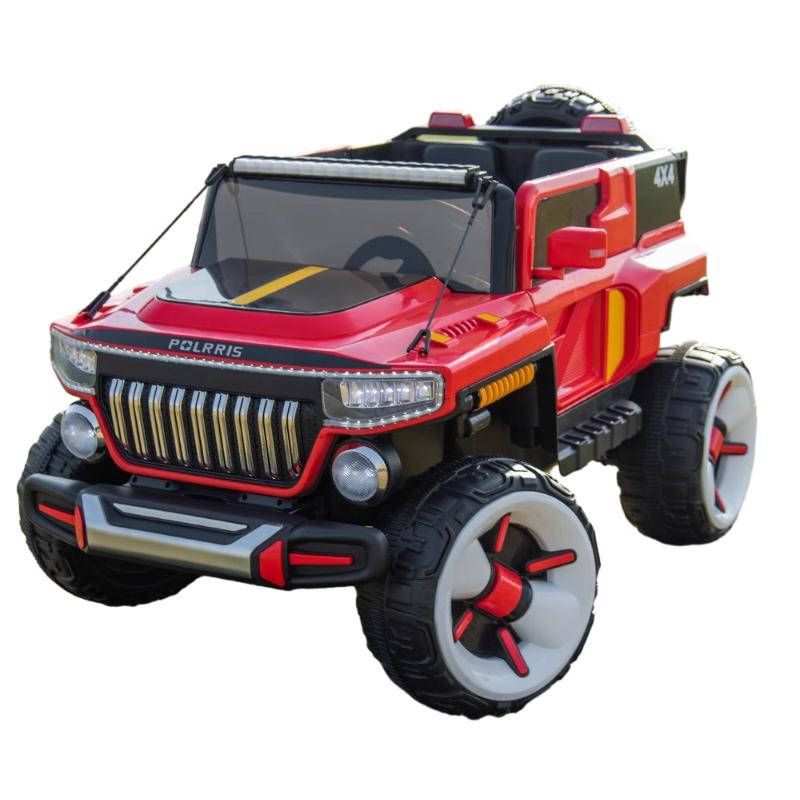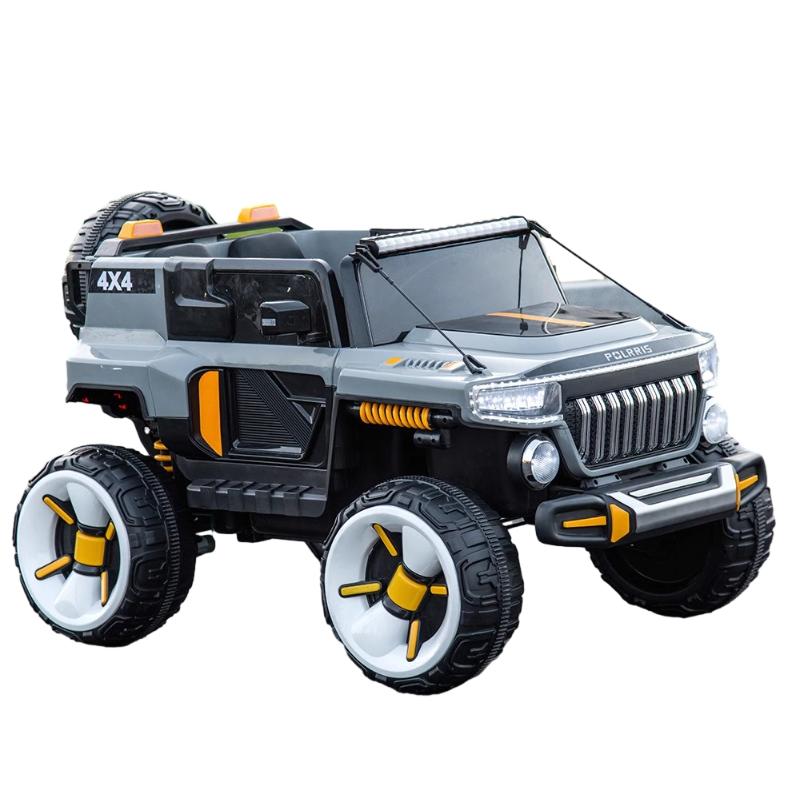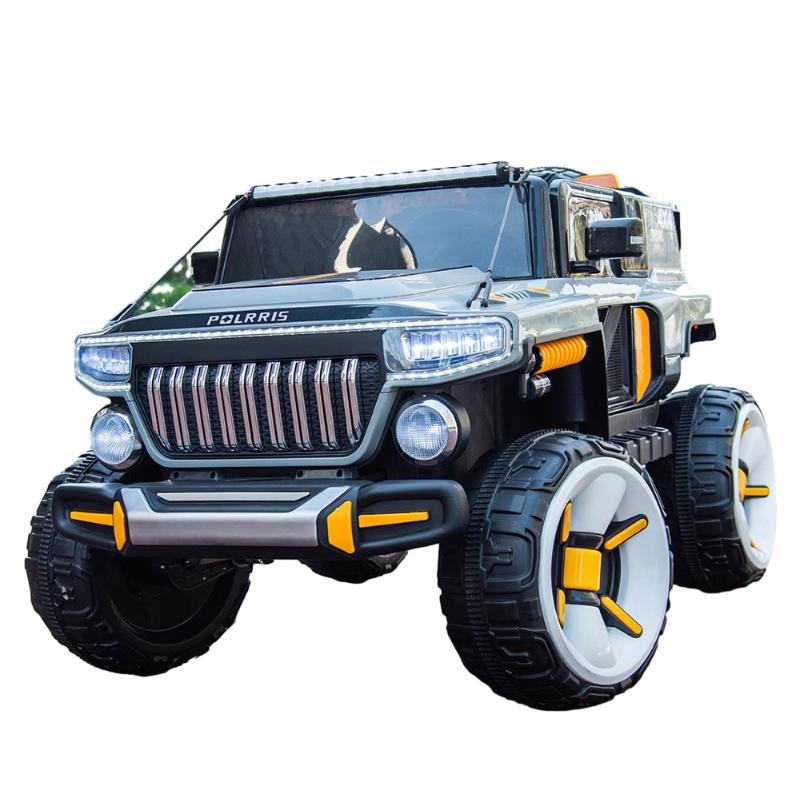Motorcycle riding gear for kids—CE-rated, comfy, stylish?
The Practical Guide to Youth Moto Safety: Gear That Actually Works
As parents and coaches keep asking me: where do we even start with motorcycle riding gear for kids? Short answer: start with standards, then fit, then features. Longer answer below—plus a clever way to practice in a lower‑risk setting before they hit the trail.

What’s new in the youth gear market
Two big shifts: more helmets meeting ECE 22.06 (better oblique/rotational testing) and kids armor moving from “foam-ish” to certified impact protectors. Brands finally treat youth gear like real PPE, not costumes. Many customers say the jump in comfort—lighter shells, 3D mesh liners—actually gets kids to wear the stuff.
- Helmets: DOT FMVSS 218 (U.S.), ECE 22.06 (global), Snell M2020 (select). [1][2][3]
- Armor: EN 1621-1 (shoulders/elbows/knees/hips), EN 1621-2 (back). Level 2 transmits less force. [4]
- Garments: EN 17092 abrasion/tear classes (A to AAA). [5]

Materials, construction, and how good gear is built
Quick process flow (shop-floor version):
- Materials: ABS or composite shells; multi-density EPS; 500–600D polyester/nylon; leather/TPU in high-wear zones; moisture-wicking liners.
- Methods: injection molding shells; CNC-cut EPS; double/triple stitching; bar-tacks on stress points; TPU sliders bonded with heat/adhesive.
- Testing: helmet drop towers (per DOT/ECE); linear/oblique impacts; garment abrasion (Darmstadt or Cambridge rigs) per EN 17092; impact force per EN 1621-1/2 (L2 back ≤ 9 kN mean). [1][2][4][5]
- Service life: helmets ≈5 years from first use or after any hit; armor/garments 2–5 seasons depending on wear; boots 2–4 seasons with sole/hinge inspection. [6]
- Industries using the same playbook: motocross parks, rider schools, rental fleets, and safety nonprofits.

A low-risk training platform kids love
Before full moto, many families practice starts, braking drills, and “gear-up routines” on a ride-on electric vehicle. It sounds funny, but it works. We’ve seen parents set cones in the driveway and run helmet-glove-boots checks, just like at the track. One option shipped from Hebei, China—yes, the same Pingxiang cluster that builds a lot of durable plastics—has specs that fit the bill.
| Item | Spec (≈ real-world use may vary) |
|---|---|
| Product Name | Children's Electric Vehicle, 24V, 4 motors |
| Features | Forward/backward, sway, music, lighting; ride with child |
| Age Range | ~1.5–8 years |
| Product Size | 130 × 71 × 67 cm |
| Carton Size | 120 × 68 × 60 cm; AB cardboard optional |
| Weight | Gross 31 kg; Net 26 kg |
| Colors | Red/White/Gray/Pink/Rose/Green; optional matching |
| Origin | Dongmiao Industrial Zone, Hegumiao Town, Pingxiang County, Xingtai, Hebei, China |

Which brands do what (at a glance)
| Vendor | Helmet Std | Armor Cert | Price (≈) | Customization | Notes |
|---|---|---|---|---|---|
| Fox Racing Youth | DOT, some ECE | EN 1621-1/2 options | $80–$300 | Graphics, kits | Good dealer network |
| Alpinestars Kids | DOT/ECE on select | EN 1621-1/2 L1–L2 | $100–$350 | Colorways | Race-proven ergonomics |
| Leatt Junior | DOT/ECE; MIPS on some | EN 1621 incl. back L2 | $90–$320 | Neck brace pairing | Strong safety features |

Real-world use: scenarios and quick cases
- Backyard drills: helmet on, strap check, gloves/boots, then slow maneuvers on the electric car. Builds habits for motorcycle riding gear for kids.
- MX parks: certified helmet + goggles, jersey with L2 back protector, knee guards, youth boots meeting EN 13634 (when available).
- Rider schools: focus on fit—loose gear fails. Replace any crashed helmet immediately. [6]
Case 1 (training): “We did 10 minutes of start/stop on the 24V ride-on, full kit. Zero resistance from my 6‑year‑old—music mode helped,” a Vermont parent told me. Case 2 (protection): a junior enduro coach said Level 2 back protectors “cut bruising dramatically” versus foam pads—hard to argue with fewer ice packs at the van.

Buying checklist (fast but thorough)
- Helmet: DOT or ECE 22.06; snug crown, even cheek pressure; no rocking. Peak acceleration limits are verified in lab tests. [1][2]
- Armor: EN 1621-1 L2 if you can; back L2 ≤ 9 kN mean transmitted force. [4]
- Garments: look for EN 17092 A/A+ at minimum for kids’ speeds; reinforced knees/elbows. [5]
- Service life: calendar age matters; sweat/UV degrade liners. Replace when in doubt. [6]
Citations
- NHTSA: FMVSS No. 218 motorcycle helmets and guidance — https://www.nhtsa.gov/motorcycle-safety/choose-right-motorcycle-helmet
- UNECE Regulation No. 22.06 (Protective helmets) — https://unece.org/transport/vehicle-regulations/uniform-provisions-approval-protective-helmets
- Snell Foundation M2020 Standard — https://www.smf.org/standards/m/2020/M2020-Final.pdf
- EN 1621 impact protector requirements (overview) — https://www.satra.com/bulletin/article.php?id=838
- EU PPE Regulation (EU) 2016/425 and protective garments (EN 17092) — https://eur-lex.europa.eu/legal-content/EN/TXT/?uri=CELEX%3A32016R0425
- Snell Helmet FAQ: replacement timing — https://www.smf.org/helmetfaq
-
Fashion 12/14/16 Inch Kids Bike Boys & Girls Factory PriceNewsNov.17,2025
-
Kids Bicycle: Road & Mountain, Safe Brakes, Factory PriceNewsNov.17,2025
-
Balancing Scooter for Sale | Safe, 2-Wheel, Factory DirectNewsNov.17,2025
-
Unique Children Bicycle 12-20 Inch, Safe Bike w/ Aux WheelsNewsNov.17,2025
-
Kids Bike Magnesium Alloy Folding Disc Brakes Gears 18-24inNewsNov.17,2025
-
Children's Ride On Electric Cars | Safe Remote-Control FunNewsNov.11,2025
